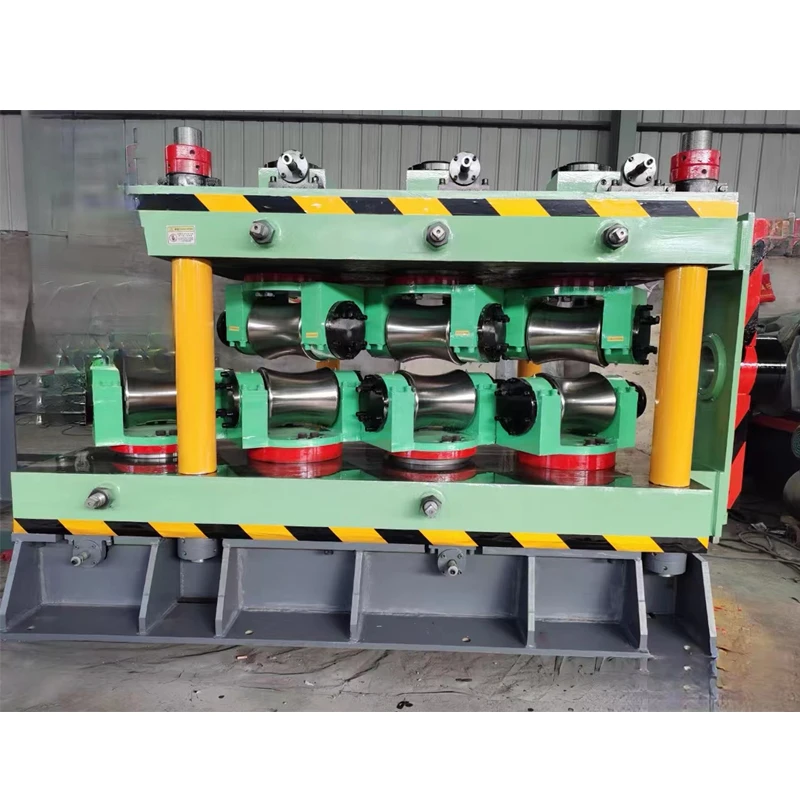shear force machine
Understanding Shear Force Machines Principles and Applications
Shear force machines play a crucial role in various engineering and construction applications, specifically where forces need to be measured, controlled, or applied in shear. These machines derive their functionality from the principles of mechanics, particularly focusing on how materials respond to shear stress. In this article, we will delve into the principles governing shear force machines, their applications, and their importance in modern engineering.
Principles of Shear Force
Shear force refers to the force that causes layers of a material to slide against each other. This is particularly relevant in materials like metals and polymers, where structural integrity can be compromised under shear loads. The fundamental principle behind shear force machines is that they can determine how materials withstand these kinds of stresses.
Shear stress, denoted as τ, is defined as the force (F) applied parallel to the surface area (A) over which it acts, expressed mathematically as
\[ \tau = \frac{F}{A} \]
This equation highlights the importance of both the force applied and the area over which it is applied, both of which are crucial in testing materials for various applications.
Working of Shear Force Machines
Shear force machines are designed to test materials by applying a controlled shear load and measuring the resulting deformation or failure. The typical configuration involves a material specimen sandwiched between two plates. One plate is fixed, while the other is subjected to an increasing shear force until the material fails or reaches a predetermined limit.
These machines often incorporate advanced sensors and data acquisition systems that enable precise measurements of load and displacement. The data obtained can then be used to calculate shear strength, assess material properties, and predict performance under real-world conditions.
Types of Shear Force Machines
shear force machine

1. Universal Testing Machine (UTM) A UTM is one of the most common shear force machines. It can perform tensile, compressive, and shear tests, making it a versatile tool in material testing laboratories.
2. Shear Box Apparatus Primarily used in soil mechanics, this machine evaluates the shear strength of soil samples under controlled conditions. It is crucial for geotechnical engineering projects, where understanding soil behavior is vital for construction safety.
3. Rotational Viscometer While primarily a tool for measuring viscosity, it also assesses the shear properties of fluids. It allows engineers to understand how non-Newtonian fluids behave under different shear rates—important in industries like food processing and pharmaceuticals.
Applications in Engineering
Shear force machines are integral in a variety of engineering fields, including
- Construction Engineering They help ensure materials used in structures can withstand applied loads without failing. Building codes often require shear testing for construction materials like concrete, steel, and composite materials.
- Aerospace Engineering In the aerospace industry, materials enduring extreme conditions are tested for shear strength to ensure safety and reliability in flight operations.
- Automotive Industry Components subjected to shear forces during operation, such as gears and bolts, are rigorously tested to prevent failures that could lead to accidents.
- Manufacturing Shear force machines are crucial during quality control processes to ensure that products meet safety standards and performance specifications.
Conclusion
Shear force machines are indispensable tools in material science and engineering. By understanding and harnessing the principles of shear stress and strength, these machines enable engineers to select appropriate materials, design safe structures, and innovate new products that can withstand the challenges of the modern world. As technology continues to advance, the role of these machines in developing safer and more efficient materials and structures will undoubtedly grow, making them a cornerstone of engineering practices across multiple industries.
-
High Frequency Straight Seam Welded Pipe Production Line-BzZhou Xinghua Machinery Equipment Manufacturing Co., LTD.|Precision Welding, High EfficiencyNewsJul.30,2025
-
High Frequency Straight Seam Welded Pipe Production Line|BzZhou Xinghua|Precision Welding&EfficiencyNewsJul.30,2025
-
High Frequency Straight Seam Welded Pipe Production Line - BzZhou Xinghua|Precision Engineering&EfficiencyNewsJul.30,2025
-
High-Frequency Straight Seam Welded Pipe Production Line-BzZhou Xinghua Machinery Equipment Manufacturing Co., LTD.NewsJul.30,2025
-
High-Frequency Straight Seam Welded Pipe Production Line-BzZhou Xinghua Machinery Equipment Manufacturing Co., LTD.|Precision Manufacturing, High EfficiencyNewsJul.30,2025
-
High Frequency Straight Seam Welded Pipe Production Line-BzZhou Xinghua Machinery Equipment Manufacturing Co., LTD.|Precision Steel Pipe Manufacturing&Industrial EfficiencyNewsJul.29,2025


